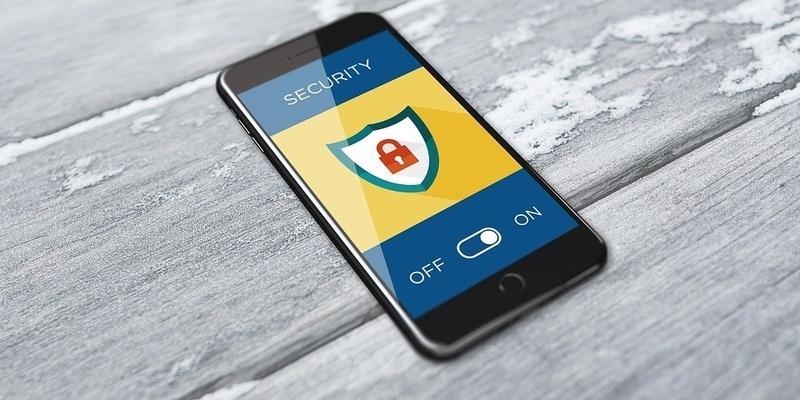Cutting the Cord: How Bluetooths Revolutionized Wireless Communication
Bluetooth technology is a wireless communication protocol that allows devices to connect and exchange data over short distances. The technology was first developed in the 1990s by a team of engineers at Ericsson, a Swedish telecommunications company, and has since become a ubiquitous feature in a variety of devices, including smartphones, laptops, and wireless headphones. At its core, Bluetooth technology uses radio waves to transmit data between devices. Each device has a small transceiver that sends and receives signals, allowing them to establish a secure connection. When two devices are paired, they exchange a series of codes to verify their identities and establish a secure connection. Once a connection has been established, Bluetooth devices can communicate with each other using a variety of protocols, including the Advanced Audio Distribution Profile (A2DP) for streaming audio and the Hands-Free Profile (HFP) for making phone calls. One of the key advantages of Bluetooth technology is its low power consumption, which allows devices to maintain a connection while conserving battery life. Additionally, the technology has evolved over the years to support faster data transfer speeds, longer ranges, and more advanced features. As the world becomes increasingly reliant on wireless technology, Bluetooth will undoubtedly continue to play a critical role in connecting devices and enabling seamless communication between them.

